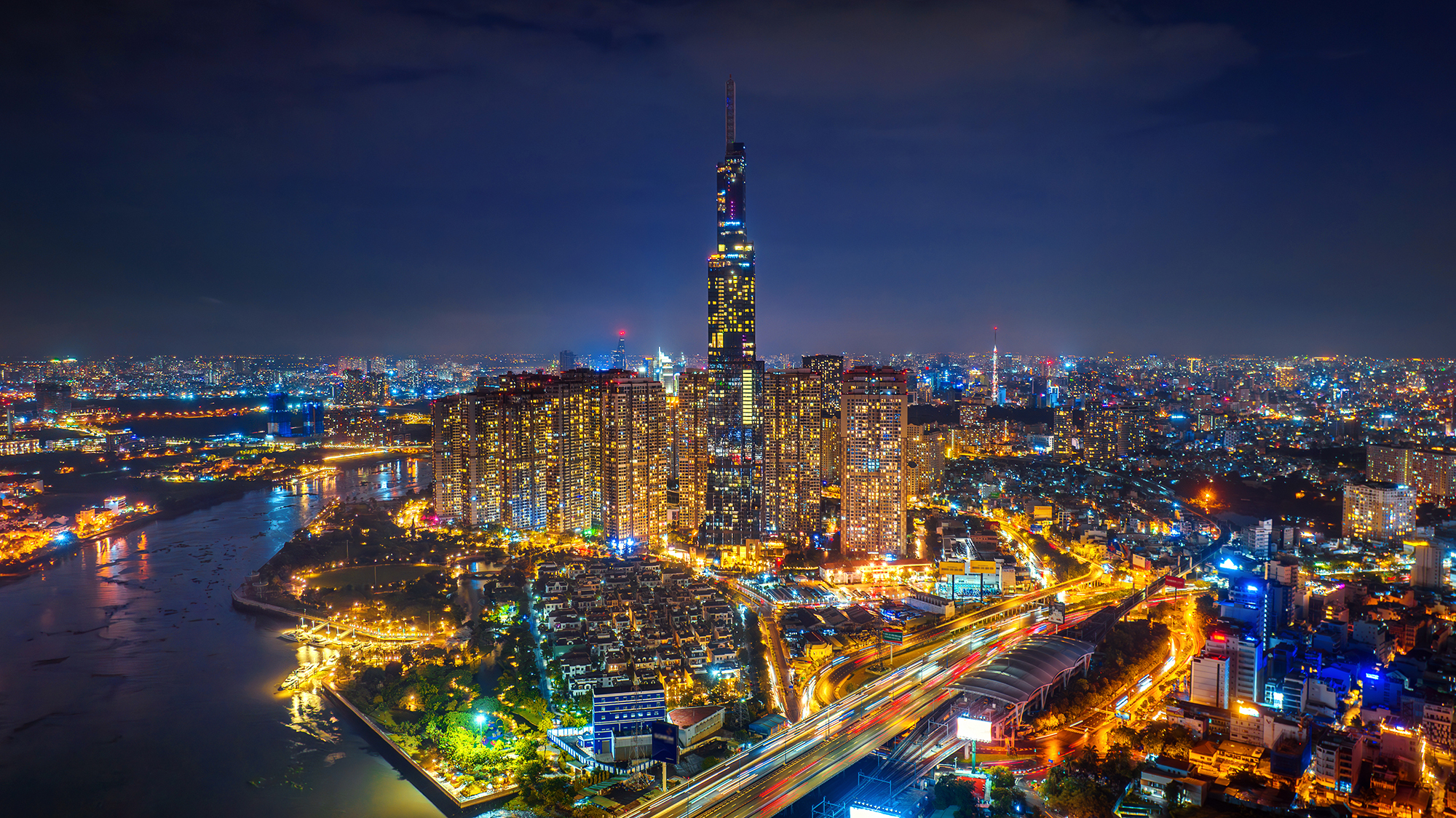WNAM REPORT: For five-plus decades now, the Association of Southeast Asian Nations in its charter has stated that one of its purposes is to “enhance regional resilience by promoting greater political, security, economic and sociocultural cooperation.”
As the organization has worked toward that end mindful of present-day concerns, its charter also stresses that addressing future challenges for the benefit of future generations likewise remains an important consideration.
Accordingly, ASEAN today is already pursuing initiatives in such areas, among others, as economic integration, trade, digital transformation and environmental sustainability that will not only create a more resilient present for member states, but also address the challenges the region can expect in the future.
Economic integration, trade
The goal of creating a single market base that is economically integrated is part of the ASEAN Charter. As the Asian Development Bank observes, ASEAN began taking its first steps in this direction in 1976. These efforts gradually expanded across the decades, widening their scope from more specific areas such as merchandise trade, investment and labor to encompass macroeconomic and financial issues.
By 1992, ASEAN leaders had mandated the creation of an ASEAN Free Trade Area. Skipping forward to the ASEAN Summit of 2011, to broaden and deepen engagement among the parties and to enhance their participation in the economic development of the region, the leaders of the then-16 participating countries established the Regional Comprehensive Economic Partnership.
The RCEP, which took effect in 2022 and also involves several non-ASEAN states such as Australia, China and Japan, is meant to provide a venue for negotiations among participants aimed at achieving a modern, comprehensive, high-quality and mutually beneficial economic partnership agreement among the member states and their partners.
Forming this partnership is but one among several steps on the road toward creating an ASEAN Economic Community. The AEC Blueprint 2025 envisions ASEAN as a single market and product base, a highly competitive region with equitable economic development that is fully integrated into the global economy. The blueprint, an update of the one released for 2015, sets strategic directions for the next phase of ASEAN integration.
Digital transformation
One of the areas addressed in the blueprint is that of information and communications technology. The vision it outlines aspires to propel ASEAN toward a digitally enabled economy by, for example, support for new technological developments such as “smart cities.”
On a parallel line, ASEAN’s leaders in 2018 had already established the ASEAN Smart Cities Network. The ASCN is a collaborative platform where cities from the 10 member states work toward the common goal of smart and sustainable urban development. The primary goal of this network is to improve the lives of ASEAN citizens, using technology as an enabler. As of June 2024, the network includes 31 pilot cities around the region. They embrace a variety of projects, ranging from one in Mandalay focused on improving mobility to another in Ho Chi Minh City that envisions optimal resource utilization and citizen-centric governance to attain rapid and sustainable economic development. Yet another in Cebu City aims to improve urban growth through the use of efficient technology in the areas of urban mobility and personal security and safety.
Seeing that continued progress is made on the Smart City program is one element of the desired outcomes under the overarching ASEAN Digital Masterplan 2025. The masterplan “envisions ASEAN as a leading digital community and economic bloc, powered by secure and transformative digital services, technologies and ecosystem.” Crafted in the context of pandemic recovery, climate change and global technology trends, the plan lays out a series of desired outcomes and enabling actions, such as increasing the quality and coverage of broadband infrastructure, nurturing a sustainable competitive market for digital services and creating a digitally inclusive society in ASEAN. The plan also incorporates guidelines for implementing, monitoring and measuring its own success.
Environmental sustainability
Closely related to coping with climate change is the need to address sustainability. Another of the purposes laid out in the ASEAN Charter is that member states should “promote sustainable development so as to ensure the protection of the region’s environment (and) the sustainability of its natural resources.”
In 2005, ASEAN member states established the ASEAN Centre for Biodiversity as a response to biodiversity loss in the region. The ACB is an intergovernmental organization that facilitates cooperation and coordination among the member states and with regional and international organizations on the conservation and sustainable use of biological diversity.
Among the efforts this body oversees at present is the ASEAN Green Initiative. This initiative “aims to set the standards for the recognition of the best ecosystem restoration activities.” Specifically, in line with the U.N. Decade on Ecosystem Restoration declared in June 2021, the initiative calls for the planting of at least 10 million native trees across the member states over a 10-year span.
The ACB points out the ASEAN region is home to least 60% of the world’s tropical peatlands, 42% of mangroves and 15% of tropical forests. While the region offers rich biodiversity, it is also vulnerable to disasters, deforestation and other issues. The member states hope that stronger collaboration and cooperation through the regionwide initiative will increase tree cover and restore ecosystems.
The initiative has already made some progress, as evidenced by the ACB’s announcing in 2023 its first set of best restoration projects. These included both medium-scale initiatives (101 to 5,000 trees planted), such as the Lao Cherry Blossom Tree Project and Ayala Land Carbon Forest Project in Davao, and large initiatives (over 5,000 trees planted), including the Habitat Rehabilitation Programme in Malaysia and the OneMillionTrees Movement in Singapore.
All told, these varied initiatives in diverse fields suggest some of the ways in which member states not only seek to address current problems in their regions, but also how their efforts might be useful to addressing the challenges of the future.


